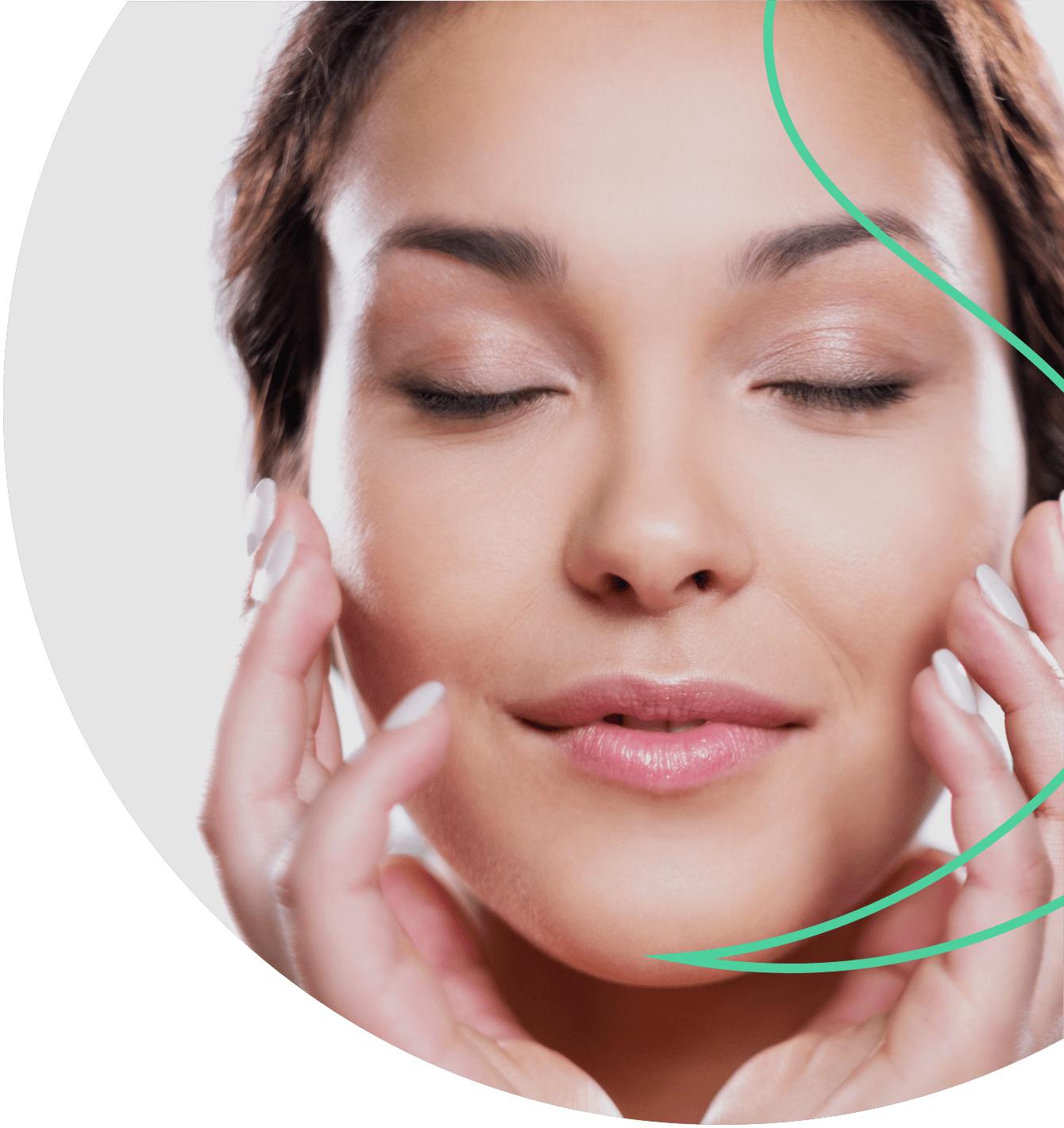Rejuvinate Your Skin with Microneedling in Solihull
Microneedling
Microneedling is a cosmetic procedure that involves creating tiny, controlled punctures in the skin using fine needles. This process, also called collagen induction therapy, is designed to stimulate the skin’s natural healing response, boosting the production of collagen and elastin. Increased collagen can help improve the skin’s texture, reduce the appearance of scars, fine lines, and wrinkles, and enhance overall firmness and glow.
During a microneedling session, a trained professional uses a device equipped with fine needles to create micro-injuries across the treatment area, usually the face, neck, or décolletage. We use a Radiofrequency microneedling system which generates heat at 40-60°C that causes coagulation, protein denaturation or protein structural changes, leading to inflammation and collagen contraction, stimulating the wound healing response and promoting new collagen production.
The main benefit of microneedling is that it makes the skin look younger and better. In addition, radiofrequency is not affected by the absorption coefficient by chromophores like lasers. For this reason, there are few treatment limits with regards to Fitzpatrick skin types, so all skin types can be treated effectively and safely.




